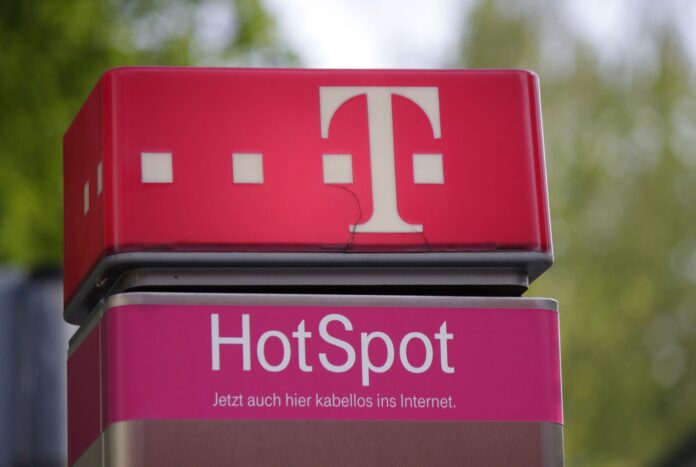DT ended March with 40.6 million mobile customers in Germany
Deutsche Telekom posted a net profit of 3.1 billion euros ($3.54 billion) in the first quarter of 2016, up from 787 million euros in the same period last year. DT said the increase was mainly driven by the sale of its stake in U.K.-based mobile operator EE to joint venture partner BT, which contributed 2.5 billion euros to earnings.
The group’s overall revenue for the period totaled 17.6 billion euro, a 4.7% year-over-year increase. Earnings before interest, taxes, depreciation and amortization reached 7.66 billion euros in Q1, surging 84.3% compared to Q1 2015.
In Germany, the telco generated 4.45 billion euros in revenues during the quarter, down 2.5% year-over-year. DT ended March with 40.6 million mobile subscribers, including 270,000 net additions during the first three months of the year. DT said its LTE network reached 91% of the country’s population at the end of March, compared with 82% a year earlier.
In the U.S., where DT operates through its mobile business T-Mobile US, revenues amounted to 7.81 billion euros in Q1, a 13.2% year-over-year increase. T-Mobile US posted 2.2 million net connection additions during Q1, pushing its customer base to 65.50 million connections at the end of March. T-Mobile US revised upwards its expectations for customer growth for full 2016.
“Building on an increase in the number of branded postpaid customers of 1.04 million in the first quarter, the guidance for 2016 is now for growth of 3.2 to 3.6 million customers,” the operator said.
In Europe (excluding German operations), DT’s quarterly revenues hit 3.08 billion euros, a decline of 2.4% compared to the same quarter in 2015. DT had 52.2 million customers across its European operation at the end of Q1. DT’s European operations include Greece, Romania, Hungary, Poland, the Czech Republic, Croatia, the Netherlands, Slovakia, Austria, Bulgaria, Albania, Macedonia and Montenegro.
DT said it invested 2.8 billion euros (excluding mobile spectrum expenses) worldwide in the core elements of networks in the first quarter, 11.9% more than in the same period of the prior year.
“Our integrated ‘5G’ network of tomorrow with low latencies and high bandwidths is opening up the digital future to Europe,” explained DT CEO Timotheus Höttges. “We have a clear timetable on our way toward the gigabit society. Our next goal is the federal government’s broadband target for 2018. We are also taking our competitors along with us on this road.”

